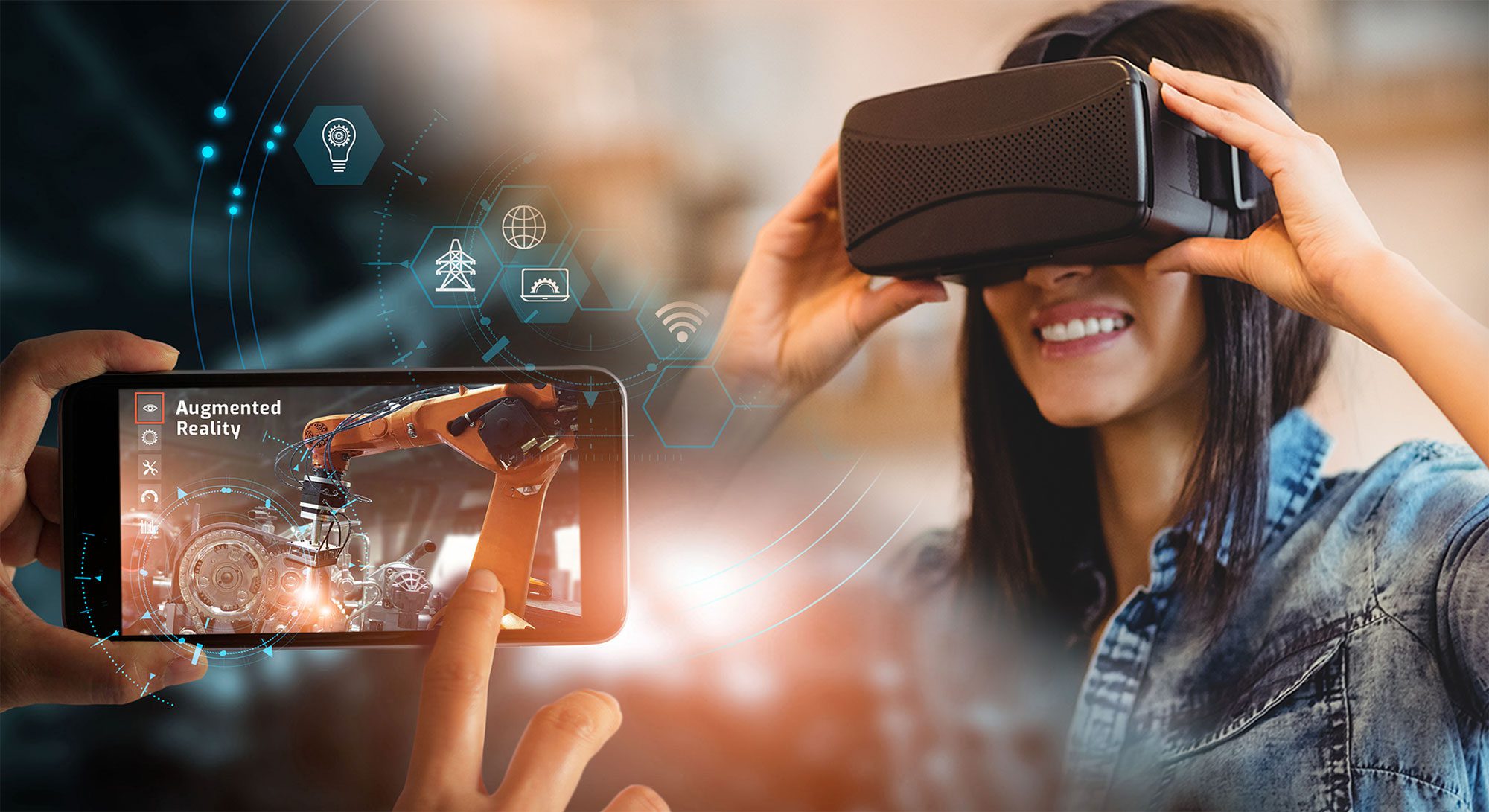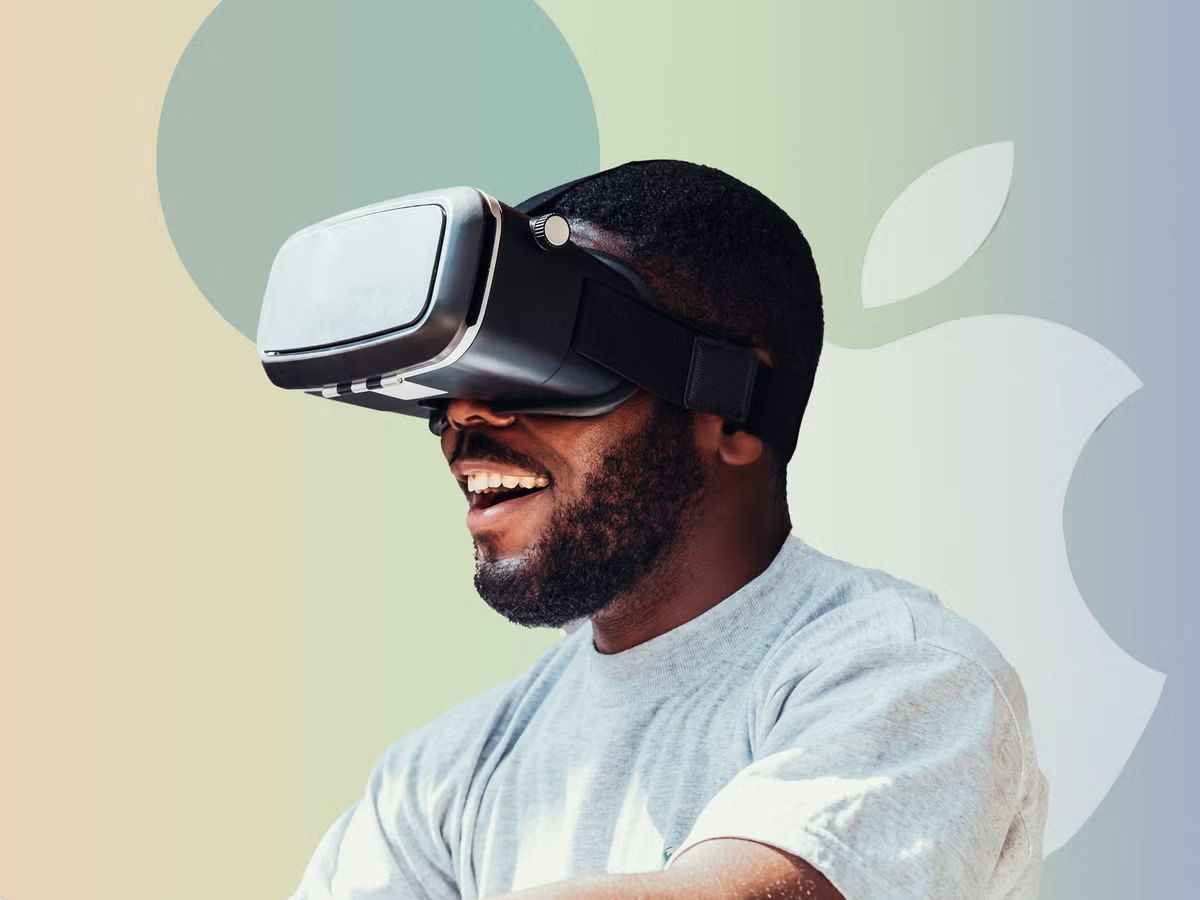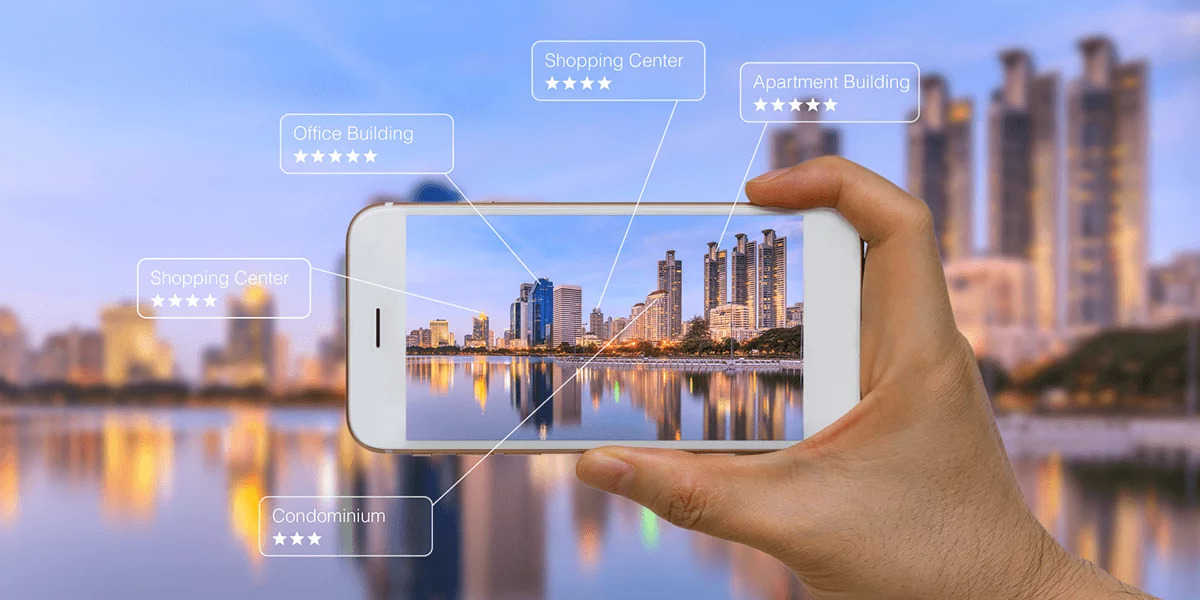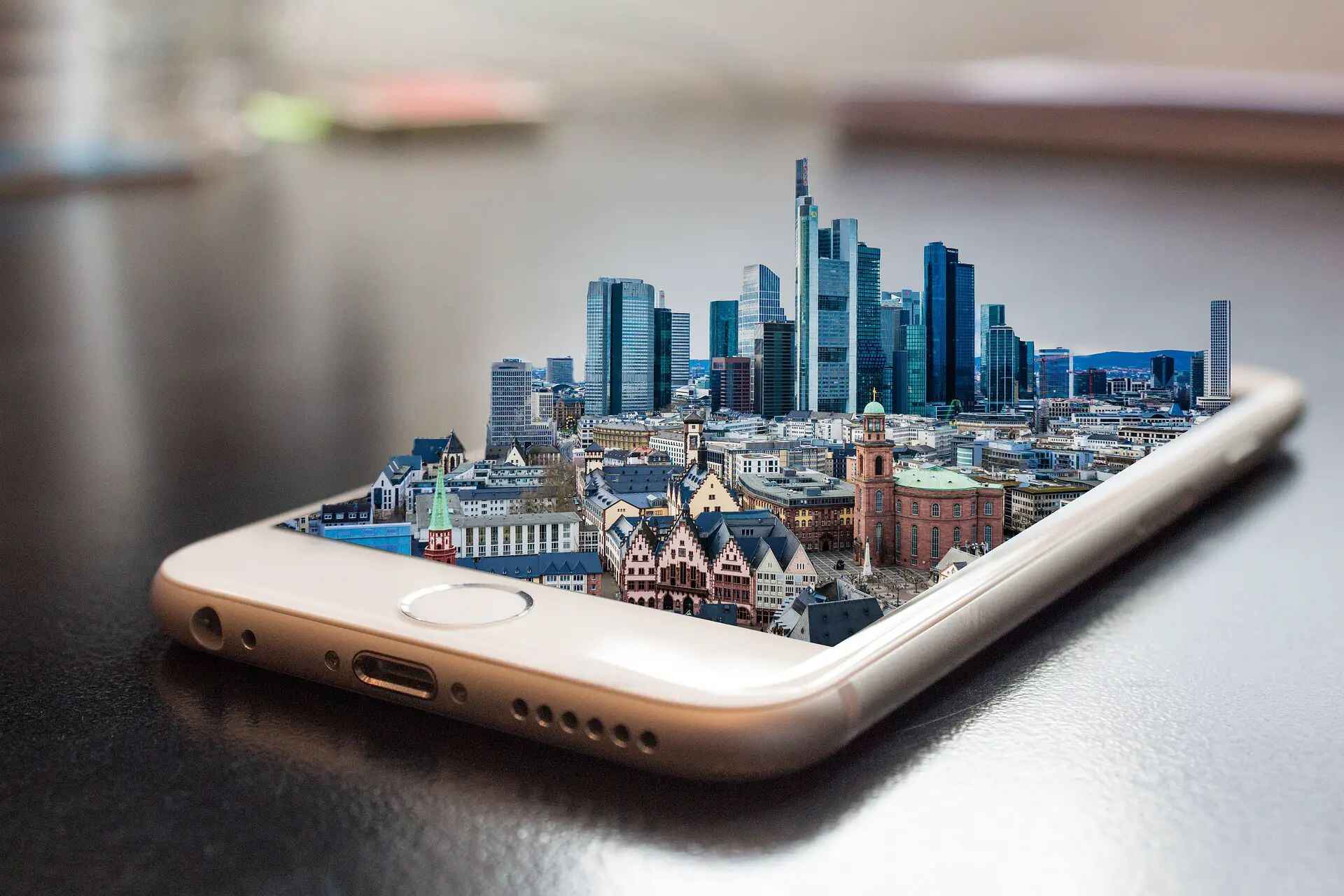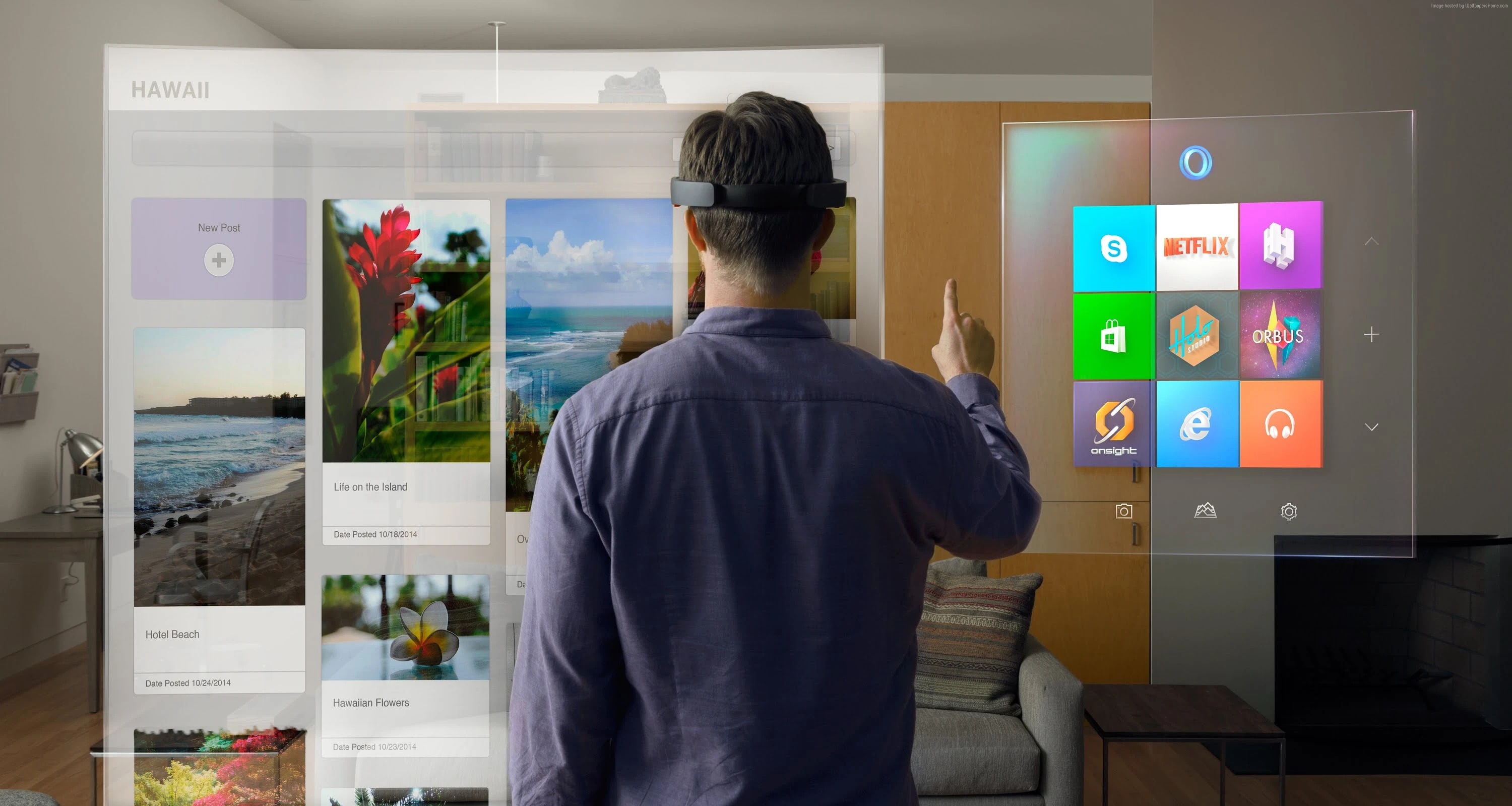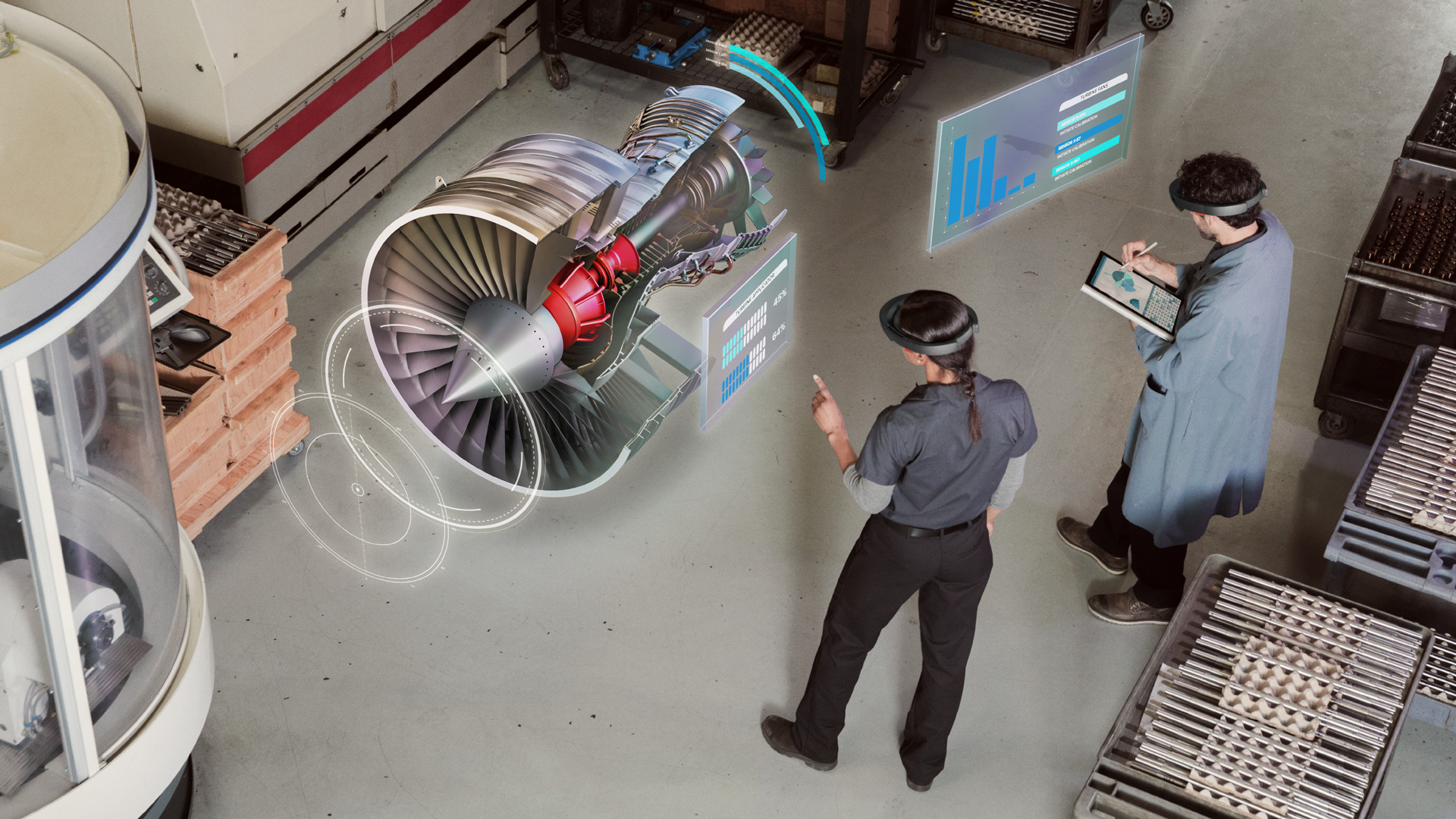Introduction
Virtual Reality (VR) and Augmented Reality (AR) are two rapidly advancing technologies that are changing the way we interact with the world around us. Both VR and AR offer immersive experiences that blur the lines between the real and virtual worlds, but they do so in different ways. Understanding the distinction between virtual reality and augmented reality is essential for anyone interested in exploring their potential applications and impact on various industries.
In simple terms, virtual reality creates a simulated environment, while augmented reality overlays digital content onto the real world. VR typically involves wearing a headset that completely immerses the user in a computer-generated environment, blocking out their surroundings. On the other hand, AR enhances the real-world environment by superimposing computer-generated images, videos, or information onto real objects or surroundings, usually through a smartphone or smart glasses.
Both VR and AR have gained significant popularity in recent years, with applications ranging from gaming and entertainment to education, healthcare, architecture, and more. As these technologies continue to evolve, their capabilities and potential uses are expanding.
While the fundamental concepts of VR and AR are clear, understanding the intricacies of how they work and the key features they offer is crucial in assessing their strengths and limitations. To truly appreciate the differences between virtual reality and augmented reality, it is essential to examine their underlying mechanics, applications, user experiences, and future trends.
Definition and Explanation
Virtual Reality (VR) is a technology that utilizes computer-generated simulations to create a completely immersive digital environment. Users typically wear a VR headset that covers their eyes and ears, shutting out the real world and replacing it with a virtual one. The headset tracks the user’s head movements, allowing them to look around and interact with the virtual environment.
Augmented Reality (AR), on the other hand, blends digital content with the real world, enhancing the user’s perception of their surroundings. AR is typically experienced through smartphones or smart glasses, which use cameras to overlay digital elements onto the physical world. This can include visual enhancements, such as 3D models or information overlays, or interactive elements that respond to the user’s gestures or movements.
The key distinction between VR and AR lies in the level of immersion and interactivity they offer. VR creates a complete sense of presence in a virtual environment, isolating the user from their physical surroundings. In contrast, AR enhances the real world by integrating virtual elements seamlessly into the user’s perception, allowing for real-time interaction with both the virtual and physical world.
Both VR and AR rely on cutting-edge technologies such as motion tracking, computer vision, and graphical rendering to bring their virtual elements to life. These technologies have seen significant advancements in recent years, making VR and AR more accessible and realistic than ever before.
While VR and AR share some similarities in their use of digital elements, their fundamental approaches and purposes differ. VR is primarily focused on creating immersive experiences, transporting users to entirely new digital realms. AR, on the other hand, enhances the real world by adding digital layers of information or interactivity.
It is worth mentioning that there is a hybrid form known as Mixed Reality (MR), which combines elements of both VR and AR. Mixed Reality offers a spectrum of experiences that vary in the degree of virtual and real-world integration, allowing for even more dynamic and captivating interactions.
How They Work
Virtual Reality (VR) and Augmented Reality (AR) rely on different technologies and methodologies to create their immersive experiences.
In the case of VR, the user wears a headset that consists of high-resolution displays, motion sensors, and sometimes even haptic feedback devices. The displays present two slightly different images, one for each eye, which creates a sense of depth and realism. The motion sensors track the user’s head movements and adjust the virtual environment accordingly, ensuring a seamless experience. The haptic feedback devices provide a tactile sensation, allowing users to feel virtual objects or textures.
AR, on the other hand, uses cameras or sensors to capture the real-world environment and overlay digital content onto it. The process involves recognizing and tracking objects or surfaces in real-time, enabling virtual elements to be precisely placed and interact with the physical world. This requires sophisticated computer vision algorithms and advanced mapping techniques.
Both VR and AR rely heavily on powerful processors and graphical rendering capabilities to deliver smooth and realistic experiences. These technologies continue to improve, allowing for higher resolutions, faster frame rates, and more intricate virtual worlds.
Another important component in making VR and AR possible is the availability of content and software development tools. VR often requires the creation of fully immersive and interactive virtual environments, including 3D models, textures, animations, and soundscapes. AR involves overlaying digital elements onto the real world, which requires precise mapping, rendering, and integration of virtual assets.
As the technologies progress, VR and AR are becoming more accessible to both developers and consumers. There is a growing ecosystem of software libraries, development frameworks, and platforms that simplify the creation and distribution of VR and AR experiences. This allows more individuals and businesses to explore the possibilities and benefits of these technologies.
It is worth noting that the hardware and software requirements for VR and AR can vary significantly. While high-end VR systems often require dedicated PCs, graphics cards, and elaborate setups, AR experiences can be enjoyed through smartphones or more lightweight smart glasses. This distinction makes AR more portable and accessible for everyday use, while VR is typically more suited for immersive gaming or professional applications.
Key Features
Virtual Reality (VR) and Augmented Reality (AR) offer several key features that distinguish them from traditional modes of interaction and entertainment.
VR is known for its ability to create a sense of presence, immersing users in virtual environments that can be incredibly realistic and awe-inspiring. The level of immersion is achieved through various means, such as high-resolution displays that cover the user’s field of vision, spatial audio that enhances the sense of depth, and haptic feedback that allows users to interact with virtual objects.
AR, on the other hand, excels in its ability to seamlessly integrate digital content into the real world, enhancing the user’s perception and understanding of their surroundings. AR can overlay contextual information, such as directions, points of interest, or real-time data, directly onto the user’s view, making it extremely useful in fields like navigation, education, and healthcare.
Both VR and AR offer interactive experiences that allow users to engage with digital content in ways that were previously unimaginable. VR experiences often involve natural gestures and movements, allowing users to physically interact with virtual objects or navigate through virtual spaces. AR experiences can also enable interaction, such as tapping on virtual buttons or manipulating virtual 3D models.
Another key feature of both VR and AR is their potential for social interaction. While traditionally viewed as solitary experiences, VR and AR now allow users to connect with others in virtual spaces. This social aspect opens up opportunities for collaborative work, multiplayer gaming, virtual meetups, and shared experiences that bridge geographical distances.
Furthermore, both VR and AR have the ability to transport users to places and situations that may not be accessible or safe in the physical world. VR can simulate environments that are too dangerous or costly to visit, such as outer space, historical landmarks, or fictional worlds. AR can provide valuable training simulations, allowing users to practice skills and scenarios in a controlled and realistic virtual setting.
The key features of VR and AR are continuously evolving as the technologies advance. With improvements in hardware, software, and content creation capabilities, the possibilities for immersive, interactive, and social experiences are expanding, making VR and AR increasingly relevant in various industries and everyday life.
Differences in User Experience
While both Virtual Reality (VR) and Augmented Reality (AR) provide immersive experiences, there are significant differences in the user experiences they offer.
In VR, users are transported to entirely virtual environments that can be visually stunning and captivating. The experience is all-encompassing, as users wear headsets that block out the real world and replace it with a digital simulation. This level of immersion allows users to feel as if they are physically present in the virtual realm. They can explore and interact with virtual objects and environments, often using handheld controllers or motion tracking devices.
AR, on the other hand, enhances the real world by overlaying digital elements onto the user’s view. Users can still see their physical surroundings but with added digital information, such as annotations, 3D models, or real-time data. This blending of virtual and real-world content creates a more mixed and dynamic experience. AR also promotes a greater sense of situational awareness, as users remain connected to their environment while interacting with digital elements.
One of the primary differences in user experience between VR and AR is the level of isolation. In VR, users are completely immersed in a virtual environment, shutting out the physical world. This isolation allows for intense focus and concentration, making VR particularly well-suited for gaming and entertainment experiences. AR, in contrast, keeps users connected to the real world. Users can interact with virtual content while still aware of their surroundings, making AR more suitable for productivity, education, and real-world applications.
Motion sickness, or discomfort caused by conflicting sensory information, is also a contrasting aspect of VR and AR user experiences. VR can sometimes induce motion sickness due to the discrepancy between the motion perceived by the user’s eyes and the lack of corresponding physical movement. AR, on the other hand, typically does not cause motion sickness as users retain their awareness of their physical movements in relation to the real world.
Another significant difference is the hardware requirements. VR often requires more powerful and specialized equipment, such as high-resolution headsets, gaming consoles, or powerful PCs. AR, on the other hand, can be experienced using smartphones or lightweight smart glasses, making it more accessible to a broader audience.
Ultimately, the user experience in VR is centered around complete immersion in a virtual environment, while AR focuses on enhancing the real-world experience with virtual elements. Each offers its unique benefits and applications, and the choice between VR and AR depends on the specific goals, context, and desired level of immersion for the user.
Applications and Uses
Virtual Reality (VR) and Augmented Reality (AR) have a wide range of applications and uses across various industries, offering unique ways to enhance experiences, improve productivity, and revolutionize how we interact with technology.
In the gaming and entertainment industry, VR has made significant strides. It immerses players in virtual worlds, providing an unprecedented level of engagement and realism. VR gaming allows players to physically interact with the virtual environment, making gameplay more dynamic and exciting. AR, on the other hand, has been used to create location-based games, where players explore the real world while interacting with virtual elements.
Education and training are other areas where VR and AR are making a profound impact. VR provides realistic simulations for training in high-risk professions like aviation, medicine, and military operations. It allows learners to practice skills in a safe and controlled environment. AR is used in educational settings to augment traditional textbooks with interactive 3D models, videos, or additional information, enhancing students’ understanding and engagement.
In the healthcare field, both VR and AR have transformative applications. VR can assist in pain management, rehabilitation, and treatment for conditions like anxiety and phobias. It can also provide surgeons with immersive training simulations. AR helps surgeons visualize patient data during procedures, overlaying information directly on the patient’s body. It also aids in remote collaboration and guidance from experts in real-time.
Architecture and design professionals use VR to create virtual walkthroughs of buildings, allowing clients to experience and modify designs before construction even begins. AR is used in real estate to provide potential buyers with augmented views of properties, showcasing features or providing additional information about the surroundings.
AR has found use in navigation and wayfinding applications, providing real-time directions and information overlays in unfamiliar environments. It can display live translations or subtitles during conversations or presentations, aiding communication across language barriers. Additionally, AR is utilized in museums and cultural heritage sites to bring exhibits to life with interactive elements and digital storytelling.
VR and AR are also expanding the possibilities in marketing and advertising. Brands can create immersive VR experiences that allow customers to explore products or engage with virtual showrooms. AR applications enable interactive product placements or virtual try-on experiences, enhancing the shopping experience and driving user engagement.
These are just a few examples of the many applications and uses of VR and AR. As the technologies continue to develop and become more accessible, their impact on industries and everyday life is set to grow exponentially.
Future Trends and Outlook
The future of Virtual Reality (VR) and Augmented Reality (AR) holds immense potential, with several exciting trends and advancements on the horizon.
One significant trend is the convergence of VR and AR technologies, leading to the emergence of Mixed Reality (MR) experiences. MR combines the immersive qualities of VR with the contextual awareness of AR, allowing users to seamlessly transition between virtual and real-world interactions. This convergence will lead to more integrated and versatile experiences that blur the boundaries between the physical and digital realms.
Improvements in hardware will also play a crucial role in shaping the future of VR and AR. Headsets will become more lightweight, comfortable, and affordable, making them more accessible to a broader range of users. Advancements in display technology will contribute to higher resolutions, wider fields of view, and improved visual fidelity, enhancing the realism of virtual and augmented environments.
Enhanced natural user interfaces will further enhance the immersive experiences offered by VR and AR. Gesture recognition, eye tracking, voice commands, and haptic feedback will become more advanced and integrated, enabling more intuitive and seamless interactions with virtual and augmented content.
The expansion of 5G networks will also drive the development of VR and AR applications. With faster and more reliable internet connectivity, users will be able to access and stream complex virtual environments or detailed augmented overlays seamlessly. This will open up opportunities for real-time collaborative work, multiplayer gaming, and remote education or training experiences.
Another area of growth for VR and AR is in the enterprise and industrial sector. Industries such as manufacturing, architecture, and healthcare are increasingly adopting VR and AR technologies to streamline processes, enhance training, and improve productivity. The use of VR and AR in remote collaboration and telepresence will also enable more efficient communication and teamwork across geographically dispersed teams.
Furthermore, improvements in AI and machine learning algorithms will pave the way for more intelligent and contextually aware VR and AR experiences. These technologies will enhance object recognition, tracking, and mapping capabilities, leading to more accurate and realistic interactions with the virtual and physical worlds.
Lastly, the content ecosystem for VR and AR will continue to expand. As more developers and creators embrace these technologies, a wider variety of immersive and interactive experiences will become available across industries, entertainment, education, and beyond.
The future of VR and AR is undoubtedly exciting, with the potential to revolutionize how we learn, work, communicate, and experience the world around us. As the technologies advance and become more integrated into our daily lives, their impact will continue to grow and shape various aspects of society.
Conclusion
Virtual Reality (VR) and Augmented Reality (AR) have ushered in a new era of immersive and interactive experiences. While VR creates fully simulated environments, AR enhances the real world by incorporating digital elements into our surroundings. Each technology offers unique features, applications, and user experiences.
VR provides users with complete immersion, transporting them to virtual realms that can be thrilling, educational, or transformative. With its ability to create a sense of presence and interactivity, VR has found success in gaming, education, and professional training.
AR, on the other hand, bridges the gap between the real and virtual worlds, enhancing our perception with valuable information, dynamic visualizations, and interactive elements. From navigation apps to industry-specific applications, AR is revolutionizing how we interact with our environment and augmenting our understanding of the world.
These technologies have already made significant strides in various industries, from gaming and entertainment to education, healthcare, and beyond. As hardware continues to evolve, becoming more accessible and user-friendly, and as developers push the boundaries of what is possible, the future of VR and AR looks promising.
We can expect to see advancements in hardware, software, and content creation that will further enhance immersion, interactivity, and realism. The convergence of VR and AR into Mixed Reality (MR) will provide users with even more seamless and integrated experiences that blend the physical and digital worlds.
With the expansion of 5G networks, faster internet speeds and lower latency will enable more seamless streaming and collaborative experiences. AI and machine learning will drive advancements in object recognition, tracking, and natural user interfaces, making interactions more intuitive and realistic.
Moreover, the applications and uses of VR and AR will continue to expand across industries, transforming how we work, learn, communicate, and entertain ourselves. From training simulations and design visualization to remote collaboration and interactive marketing, VR and AR will have a far-reaching impact.
As these technologies become more prevalent in our daily lives, it’s important to understand their distinctions, potential, and limitations. Whether it’s through VR’s immersive escapism or AR’s seamless integration of digital content, both VR and AR have the power to reshape our experiences and push the boundaries of what is possible in the digital age.







